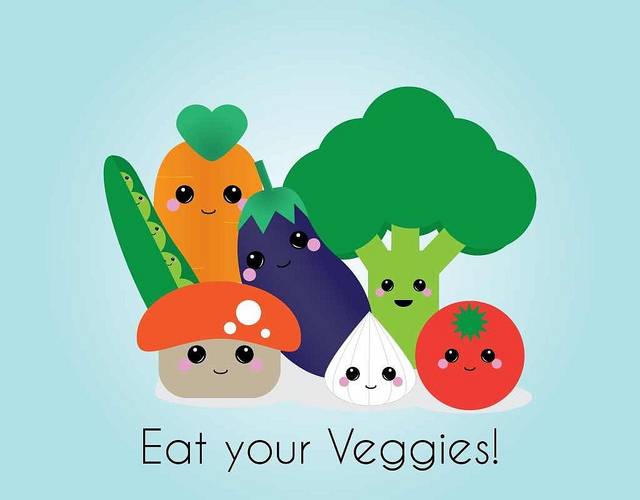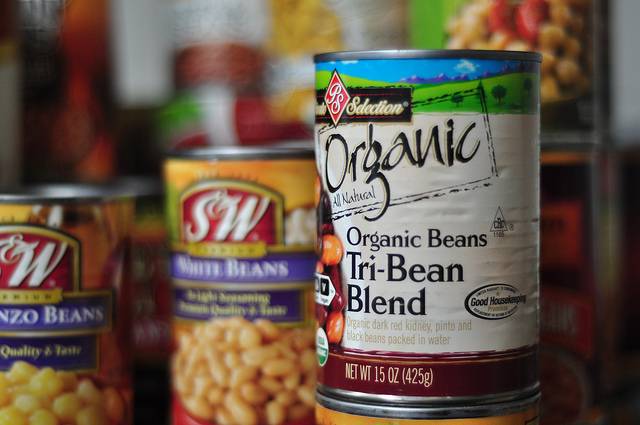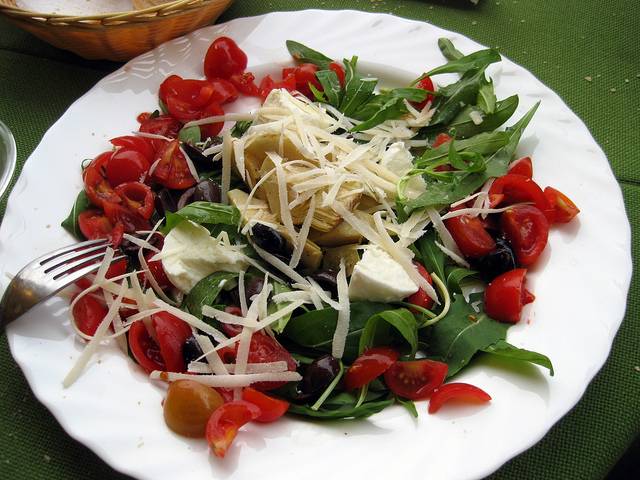We hear all the time that organic food is better for us, but is it really? What does it even mean to be labeled organic?
Foods that carry the USDA 100% organic seal must have at least 95% organically-produced ingredients. If something is simply labeled “organic” at least 70% of its ingredients must be organic. Foods that are USDA certified organic must be grown without the use of most conventional pesticides, synthetic fertilizers or bioengineering, which means if something is certified organic, it’s also GMO-free (a topic for another day).

Photo: USDA on Facebook
Should we even worry about whether our food is organic? We hear about studies in the news that show the nutritional value between organic and conventional produce is pretty much the same. That may be true, but there are a number of reasons to buy organic, not least of which is pesticide residue.
The American Academy of Pediatrics issued a report in 2012 that cited research linking pesticide exposure early in life to pediatric cancers, decreased cognitive function, and behavioral problems. Other studies have shown that less fossil fuel energy is used in organic farming, which reduces carbon dioxide released into the atmosphere. Translation – organic farming is good for climate change.
If you need another reason to buy organic, how about earthworms? Higher numbers of earthworms are found in organic soil. These little guys create holes in the soil to improve water absorption and decrease runoff, increasing drought tolerance.
Okay, so buying organic is a good thing, but there are obstacles. For starters, it’s often considerably more expensive than non-organic produce. Also, it isn’t always readily available in all conventional grocery stores. That’s why it’s important to know what you’re buying.
The Environmental Working Group (EWG) puts out a list every year of the “Dirty Dozen and Clean Fifteen,” which highlights the fruits and vegetables with the highest and lowest levels of pesticide residue. Avocados, incidentally, had the lowest levels of pesticide residue – as if you needed another reason to love avocados?
Finally, one study compared an organic Mediterranean diet with a conventional one and found significantly lower levels of serum homocysteine, an amino acid associated with inflammation, and fat mass in study participants after just two weeks on the organic version.The two diets were identical Mediterranean diets, except that one used organic products and the other did not.
The bottom line is it’s important to educate yourself about the real differences between organic and conventional foods and pay attention to labels when you’re in the grocery store to reduce your exposure to pesticides that can negatively affect your health. The EWG’s website is a great resource.
Do you try to eat organic?
References:
Boatman, Liz (2012). The organic food debate: “Interpret with caution.” Berkeley Science Review, Retrieved from http://berkeleysciencereview.com/the-organic-food-debate-interpret-with-caution/
Dangour, A. D., Dodhia, S. K., Hayter, A., Allen, E., Lock, K., & Uauy, R. (2009). Nutritional quality of organic foods: a systematic review. The American Journal of Clinical Nutrition, 90(3), 680–685. http://doi.org/10.3945/ajcn.2009.2804
EWG’s 2015 shopper’s guide to pesticides in produce, Executive summary (2015). Environmental Working Group, Retrieved from: http://www.ewg.org/foodnews/summary.php
Lu, C., Toepel, K., Irish, R., Fenske, R. A., Barr, D. B., & Bravo, R. (2006). Organic Diets Significantly Lower Children’s Dietary Exposure to Organophosphorus Pesticides. Environmental Health Perspectives, 114(2), 260–263. http://doi.org/10.1289/ehp.8418
Pimentel, D., Hepperly, P., Hanson, J., Douds, D., & Seidel, R. (2005). Environmental, Energetic, and Economic Comparisons of Organic and Conventional Farming Systems. BioScience, 55(7), 573–582. http://doi.org/10.1641/0006-3568(2005)055[0573:EEAECO]2.0.CO;2









